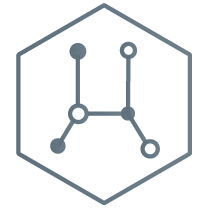
Project Description:
Commonly used spermicides like nonoxynol-9 have some undesirable side effects and detrimental consequences for some infectious processes. As a result, improved and alternative spermicides are needed. We are synthesizing and testing novel chemical compounds; these may weaken sperm cells and microbes. The architecture of human sperm cells includes several distinctive membrane regions that undergo substantial changes during the life history of the sperm cell. Specific changes must take place within the compartments and membranous surfaces of sperm to make them able to fertilize an egg. Our preliminary survey has compared effects of several novel compounds with those of nonoxynol-9, the most common commercial spermicide. Thus far, we have identified several compounds that have clear spermicidal actions, but which seem relatively innocuous to HeLa cells (derived from human cervical cancer), yeast, or the common human fungal pathogen, Candida albicans. We propose to extend this survey significantly to include spermicidal potentials of additional compounds through a diversity oriented synthetic approach, and to expand pilot studies on their safety and microbiological effects. Outcomes may lead to new strategies for contraception, or improvements in prevention of disease and pregnancy.
Project Year:
2009
Team Leaders:
Barry Bean, Ph.D., Biological Sciences
Robert Flowers, Ph.D., Chemistry
Undergraduate Students:
Karyn Kesselring
Onyebuchi Olisemeka
Larese Wilson-Carter





